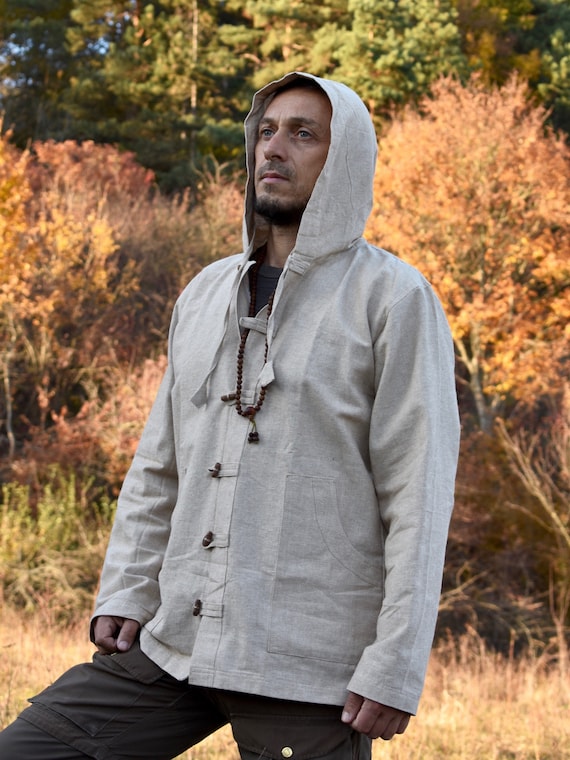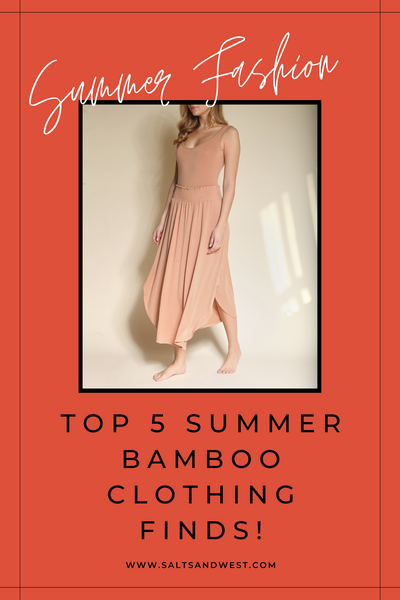Best Info For Deciding On Bamboo Clothing
Wiki Article
Why Is It That Hemp Is Stronger, More Durable, And Bi-Degradable Than Cotton?
Hemp, due to its natural properties and the way that it is grown, is considered to be more durable and sustainable than cotton. Here's why- Biodegradability-
Natural Fibers - The hemp's fibers are biodegradable. The hemp textiles and clothes naturally decompose after being thrown away. They are returned to the environment, leaving no lasting residue. Contrast this with synthetic fibers such as polyester, which may take hundreds of years to decompose.
Hemp textiles do not typically contain chemical treatments or synthetic additives that could hinder biodegradability. However, some cotton textiles are treated with synthetic chemicals like dyes and finishes, which could hinder the biodegradation.
Durability-
Hemp is renowned for its strength and durability. Hemp clothing, textiles, and other products are more robust than cotton. The durability of hemp clothing indicates that it is able to endure many washings and wear cycles before degrading.
Hemp fabrics are less prone to pilling than cotton. This attribute helps to improve their overall quality and durability.
Regenerative Agriculture-
Soil Health- Hemp cultivation has regenerative properties when used responsibly. Hemp has a deep root system which can help keep soil from compaction and erosion, and it can improve soil health by aerating soil and enhancing the activity of microbes. This feature of regenerative nature could make the soil more suitable for future crops.
Low environmental impact. Methods for producing sustainable hemp are often characterized by minimal use of pesticides and weedicides. This minimizes environmental harm. Cotton farming, which relies on synthetic chemicals, may result in soil degradation and water contamination.
Water Efficiency-
Hemp typically requires less cotton to develop. Its drought-resistant characteristics mean that it is able to thrive even with little irrigation, or even in conditions that are rain-fed. It is therefore more water-efficient especially in areas in which water resources are scarce.
Hemp can easily be incorporated into crop rotations to enhance the soil's health. It can also reduce the risk for disease accumulation and soil depletion. In traditional cotton farming Crop rotation is more rare.
The versatility of hemp allows it to be utilized in a variety of applications, including clothing, textiles paper, and other building materials. Hemp is a versatile crop that can be utilized to help support a range of industries by using sustainable and regenerative methods.
Although hemp has many benefits, it's equally important to understand that both hemp and cotton can be produced sustainable or not, based on the farming practices used and the processing methods used. Pick hemp products made with eco-friendly, ethical practices to reap the maximum environmental benefits. In the same way, choosing organic cotton products can mitigate some of the environmental concerns associated with conventional cotton production. See the top hemp clothing tips for blog examples including hemp and cotton fabric, hemp active wear, hemp apparel, hemp jeans mens, patagonia hemp jacket, 100 hemp clothing, clothes made from hemp, hemp fleece fabric, hemp yoga pants, hemp clothing for men and more.

What Is The Secret Behind Hemp's Moisture-Wicking, Thermoregulating And Breathable Characteristics?
Hemp fibers possess distinct structural and chemical properties that make them breathable moisture-wicking and thermoregulatory. These properties are the result of the following factors- Microscopic Structure- Hemp fibers have a hollow and porous structure which allows air to circulate through the fibers. Hemp textiles are highly ventilated due to their natural porosity. The structure is weaved into fabrics that allow air to flow through. This allows for ventilation and prevents heat and moisture from being absorbed by the skin.
Hemp fibers absorb water and help in wicking. Hemp is hydrophilic which means it has a strong attraction to water. They are able to are able to absorb sweat and moisture from your skin when you wear hemp clothing. It prevents the feeling of dampness. Additionally, hemp fibers are effective at absorption of moisture, spreading it over a larger area of fabric so that it will evaporate more quickly. The properties of hemp that wick moisture away keep you dry and comfortable when doing exercises or exercising in hot temperatures.
Hemp fibers are naturally inherently insulating. In cold weather, they can keep heat in close proximity to your body, allowing warmth. They also allow the heat and moisture to escape during hot temperatures, which can help you to get cool. The thermoregulating properties inherent to hemp make hemp clothing ideal for all temperatures.
Hemp fibers have natural antimicrobial qualities that help prevent the growth of bacteria that cause odor. This attribute contributes the freshness, and odor resistance of hemp clothing.
Hemp fibers are tough, durable, and can last for a long time. Clothing made from hemp fibres will keep their breathable and moisture wicking capability even after many washings and use. This endurance extends the life of hemp clothing. This decreases the requirement to replace them as well as the impact on the environment.
UV Protection Hemp fibers shield the skin against harmful ultraviolet radiation. The ability to block UV radiations is what makes hemp clothing ideal for activities outdoors.
It's crucial to understand that these qualities are inherent in hemp fibers and are not dependent on chemical treatments or additives. The natural properties of hemp are an eco-friendly and comfortable choice to wear clothing, specifically for activewear, outdoor apparel, and warm-weather clothing. Furthermore, these qualities remain intact even when hemp fibers are transformed into textiles. Take a look at the recommended her explanation on hemp clothes for website info including patagonia iron forge jacket, hemp sweatshirt, organic hemp clothing, jungmaven sweatshirt, hoodlamb jacket, patagonia volley shorts, hemp clothing near me, hemp bathing suit, hemp long sleeve shirt, patagonia double knee pants and more.

What's the difference between hemp fibre and bamboo fiber?
There are numerous differentiators between bamboo and hemp, including their unique characteristics. These are the main differences between hemp and Bamboo fibers. Plant Source-
Hemp- Hemp fibres are made from the outer bast of the stalks. Hemp is an adaptable and rapid-growing plant that has been used in various ways for centuries.
Bamboo- Bamboo fibers are obtained from the pulp of the bamboo plant. Bamboo is a fast-growing species of grass, known for quick renewal and endurance.
2. Fiber Characteristics
Hemp Fibers Hemp fibers have a reputation for strength and durability. Hemp fibers are among the strongest natural fibers, and soften with each wash and are therefore suitable for durable textiles.
Bamboo bamboo is a silky, soft fiber. They may be more delicate and less resilient than hemp fibers, however they are still valued for the comfort they provide against the skin.
3. Texture The texture, feel and look
Hemp fabric is a bit rough and has a textured texture. This is evident in its natural state. While it can be an extremely comfortable fabric, its texture is distinct from bamboo.
Bamboo- Bamboo material is smooth, soft, and silky. The fabric is described as having a silky, silky, and cottony texture. It's very cozy.
4. Breathability (and moisture-wicking)-
Hemp- Hemp fibres are naturally water-wicking, breathable and allow air circulation. They absorb moisture and allow for air circulation. They will keep you dry and cool in hot temperatures.
Bamboo fibers are also extremely ventilated. They're able to wick away moisture. The micro-gaps enhance the ability of bamboo fibers to regulate moisture levels and temperatures, ensuring you are in a comfortable position no matter what the conditions.
5. Environmental Impact-
Hemp- Hemp is considered an eco-friendly fiber due to its minimal water requirements quick growth rate, rapid growth, and resistance to pests, reducing the need for pesticides as well as herbicides. Hemp can also absorb carbon dioxide from the air during its growth.
Bamboo's sustainability is widely known. It grows quickly, needs minimal water, and is a breeze to cultivate without pesticides that are synthetic. Some bamboo species like Moso Bamboo, are considered to be sustainable.
6. Processing-
Hemp- Hemp fibres need an extensive process to separate the inner bast fibers from the woody core inside. The processing may include retting, or decortication.
Bamboo The bamboo fibers are extracted using a chemical known as the viscose process. The process involves breaking down bamboo pulp. Certain bamboo textiles, however, utilize closed loop processes to minimize the amount of chemical waste.
7. Versatility-
Hemp- Hemp is versatile It has many uses, such as building materials, clothing, textiles.
Bamboo Fibers- Bamboo fibers have been used for clothing, textiles and other products.
Summary Both bamboo and hemp offer unique benefits and are sustainable. Your choice depends on your personal preferences regarding the environment and what you're looking for in terms of specific properties and qualities. Follow the most popular her response for bamboo clothing for blog examples including bamboo cotton pajamas, preemie bamboo pajamas, long sleeve bamboo t shirt, bamboo ave shorts, sustainable bamboo clothing, bamboo t shirts womens, bamboo jeans, yala pajamas, bamboo polo shirts, womens bamboo t shirts and more.
